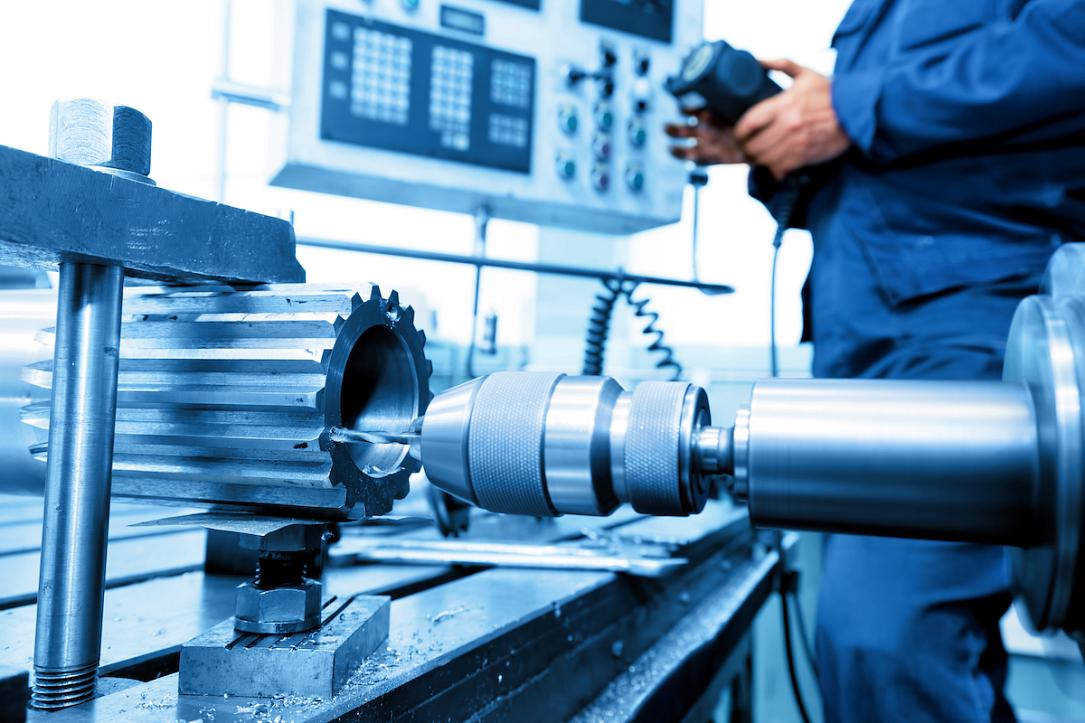Romania’s industry dragged down by energy prices



Romania’s industry has continued to contract in 2022 for the fourth year, based on the gross industrial production in January-November reported by the statistics office INS.
While the pandemic year 2020 and the war in Ukraine made visible impacts on Romania’s industry, the downward trend is the result of low value-added activities conducted locally by foreign industrial groups, correlated with the lowest degree of innovation in Europe featured by the local enterprises.
Even so, the (modest) productivity growth resulted in a 1.9% advance of the value added generated by the industry in Jan-Sep 2022 compared to the same period in 2018 (when the industrial decline began in Romania). Over the same four-year period, the gross industrial production contracted by 5.2%.
The country’s GDP surged nearly 11% over the same four-year period, almost six times faster than industry. The IT&C sector’s value-added soared by 67%, and even more traditional sectors, such as agriculture and construction, advanced by around 15% over the period when the industry was edging up by 1.9%.
In January-November, the gross industrial output decreased by 1.1% YoY, according to the statistics office INS. The manufacturing industries posted a modest but positive 0.3% YoY advance on average, while the utilities (supply of electricity, gas and heating) plunged by -8.8% YoY to reflect lower consumption. The sector of mining and quarrying lost momentum (-2.9% YoY) amid steady depletion of oil and gas deposits (a situation that improved after the extraction began at Midia offshore perimeter).
The developments in the energy market, which impacted the sector of utility companies, also hurt specific manufacturing industries such as chemistry (-22% YoY) or metallurgy (-13% YoY). Wood processing and furniture industries also posted negative performances, possibly driven by the rising price of wood.
What remains an unanswered question is why the industry of “motor vehicles, trailers and semi-trailers” posts a negative performance (-0.1% YoY) while the automobile producers report robust double-digit growth rates for the number of cars produced.
When it comes to the medium-term perspective, the light industries are responsible for a large part of the 6.6% industrial contraction in January-November 2022 compared to the same period in 2018. In fact, this may also explain part of the productivity gain recorded by Romania’s industry on average: the light industries were particularly low value-added, and the simple change in the industrial structure resulted in higher average productivity.
iulian@romania-insider.com
(Photo source: Dreamstime.com)